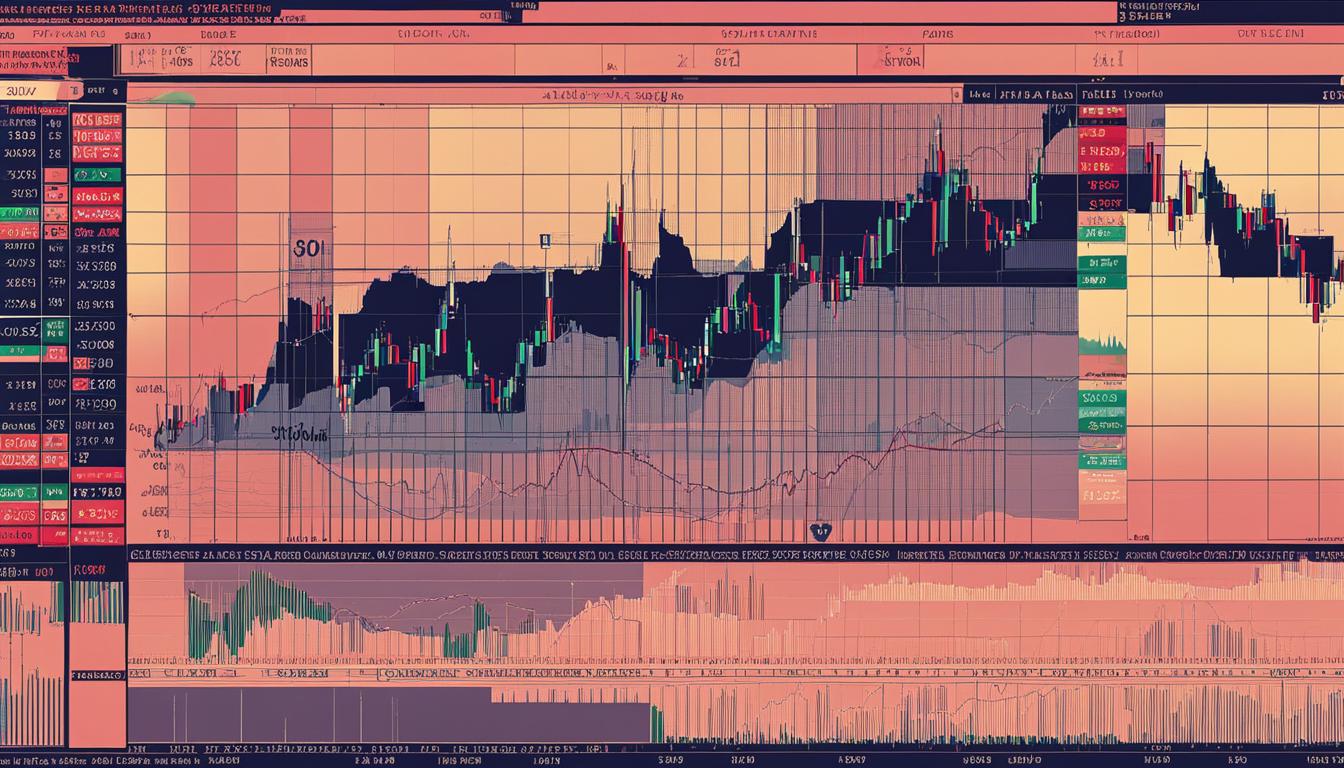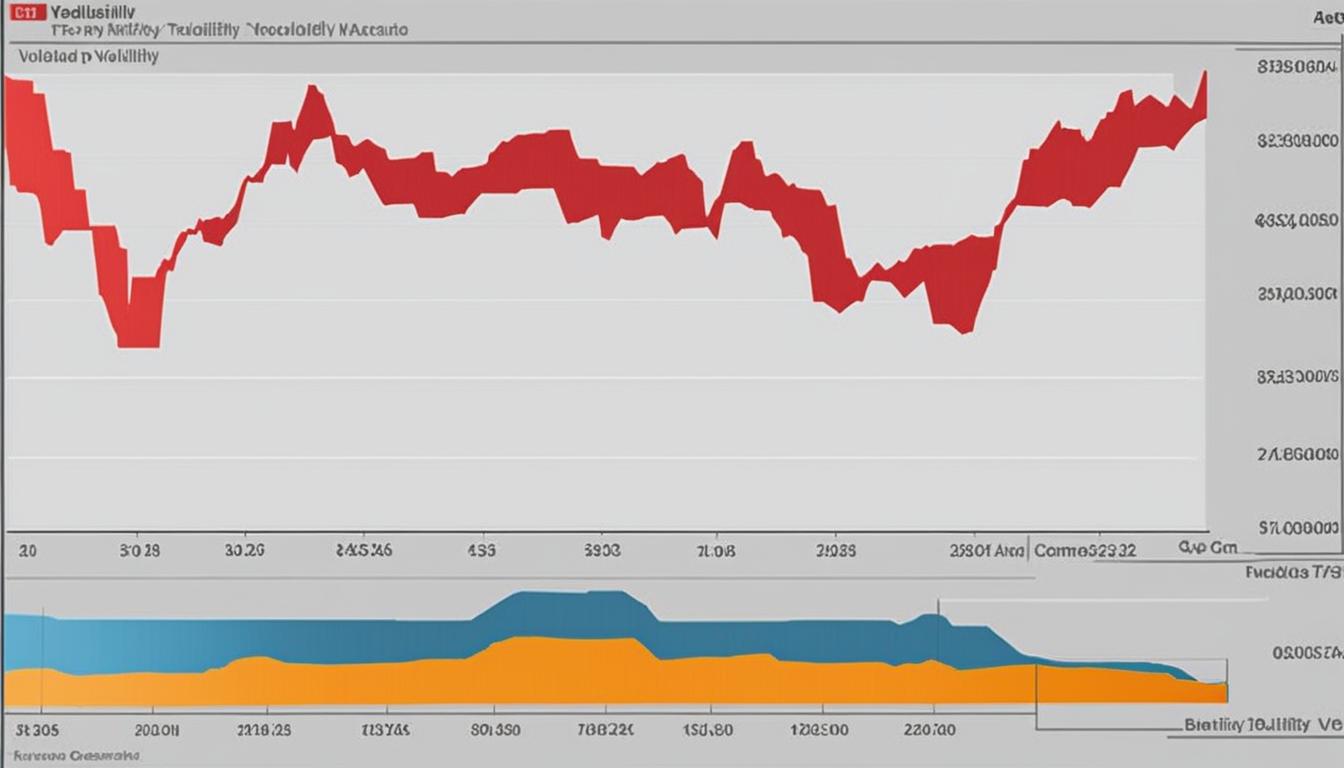What Is A Call Option?

A call option is a type of stock option that gives the buyer the right, but not the obligation, to buy an underlying asset, such as a stock, at a specified price within a specific period. This financial contract can be used for various purposes, including speculation, income generation, and tax management. Understanding how call options work and how to trade them is essential for investors looking to enhance their trading strategies.
Key Takeaways:
- A call option is a financial contract that allows the buyer to purchase an underlying asset at a specified price within a specific period.
- Call options can be used for speculation, income generation, and tax management purposes.
- Understanding call options involves familiarizing yourself with terms such as strike price, expiration date, and premium.
- Call options can be traded by buying or selling them, with different strategies available for investors to utilize.
- Calculating call option payoffs requires considering factors such as the strike price, spot price, and premium.
Understanding Call Options
Call options are a type of financial contract that gives the owner the right, but not the obligation, to buy an underlying security, such as a stock, at a specified price called the strike price. This right can be exercised within a specific time period known as the expiration date. When trading call options, it’s important to have a clear understanding of the key components involved:
| Term | Description |
|---|---|
| Underlying Security | The asset, such as a stock, that the call option is based on. |
| Strike Price | The predetermined price at which the underlying security can be purchased. |
| Expiration Date | The date by which the call option must be exercised or it becomes worthless. |
| Premium | The price paid for the call option. |
| Intrinsic Value | The difference between the current stock price and the strike price. |
| Extrinsic Value | The portion of the premium that is not accounted for by the intrinsic value, representing the time value of the option. |
| In the Money | A call option is considered in the money when the stock price is higher than the strike price. |
| At the Money | A call option is at the money when the stock price is equal to the strike price. |
| Out of the Money | A call option is out of the money when the stock price is lower than the strike price. |
Understanding these terms and concepts is crucial for effectively trading call options. The strike price determines the price at which the underlying security can be purchased, while the expiration date sets a time limit on exercising the option. The premium represents the cost of buying the option and is influenced by factors such as the current stock price, time remaining until expiration, and market volatility.
When considering whether a call option is in the money, at the money, or out of the money, it’s important to compare the stock price to the strike price. If the stock price is above the strike price, the call option is in the money and has intrinsic value. If the stock price is equal to the strike price, the option is at the money. Conversely, if the stock price is below the strike price, the option is out of the money and has no intrinsic value.
How to Trade Call Options
Trading call options involves buying or selling these financial contracts to take advantage of price movements in the underlying asset. Investors use call options to speculate, generate income, or manage their tax liabilities. Here are some key aspects of call option trading:
- Buying Call Options: When buying a call option, investors pay a premium to acquire the right to purchase the underlying asset at a specified price (strike price) within a predetermined period (expiration date). If the stock’s price rises above the strike price, the call option holder can exercise their right and profit from the price difference.
- Selling Call Options: Sellers of call options, also known as writers, receive the premium from buyers and take on the obligation to sell the underlying asset if the buyer chooses to exercise the option. Selling call options can generate income, especially when the investor does not anticipate a significant increase in the stock’s price.
- Long Call Option: A long call option is a straightforward contract where the buyer has the right to purchase the underlying asset at the specified strike price in the future. This strategy is used when the investor expects the stock’s price to rise.
- Short Call Option: In contrast, a short call option involves selling a call option without owning the underlying asset. The seller has the obligation to sell the asset if the buyer exercises the option. This strategy is utilized when the investor anticipates the stock’s price to remain relatively stable or decline.
- Covered Calls: Covered calls are a popular strategy involving owning the underlying stock while simultaneously selling call options against it. This approach can generate income from the premium received and potentially offset losses if the stock’s price declines.
- Naked Short Calls: Naked short calls occur when an investor sells a call option without owning the underlying stock. This strategy carries higher risk since the investor may have to buy the shares on the open market if the buyer exercises the option, potentially resulting in significant losses.
It’s crucial to understand the mechanics of call option trading, including the concepts of exercise and expiration. Exercise refers to the act of utilizing the option’s right to buy the underlying asset at the strike price. Expiration is the date at which the option contract becomes invalid if not exercised. It’s important to note that option trading involves both potential profits and losses, and investors should carefully consider their risk tolerance and market analysis before engaging in call option trading.
Key Points:
- Call option trading involves buying or selling these financial contracts based on price expectations of the underlying asset.
- Buying a call option provides the right to purchase the underlying asset at a specified price within a predetermined period.
- Selling a call option generates income but comes with the obligation to sell the underlying asset if the buyer exercises the option.
- Long call options are used when expecting the stock’s price to rise, while short call options are employed when anticipating stability or a decline in the stock’s price.
- Covered calls and naked short calls are specific call option strategies with different risk profiles.
- Understanding exercise and expiration dates is essential in call option trading.

How to Calculate Call Option Payoffs
Calculating call option payoffs involves considering several key factors, including the strike price, spot price, and premium. For call option buyers, the payoff is determined by the spot price minus the strike price. This can be thought of as the profit the buyer would make if they were to exercise the option and buy the underlying stock at the strike price.
Let’s consider an example to illustrate this. Suppose a call option has a strike price of $50 and the current spot price of the underlying stock is $60. In this case, the buyer of the call option would have a payoff of $10 ($60 – $50) if they were to exercise the option and buy the stock at the predetermined strike price.
It’s important to note that the profit for call option buyers is calculated by subtracting the premium paid from the payoff. The premium represents the cost of purchasing the call option and is determined by various factors such as the volatility of the underlying stock and the time to expiration.
| Buyer’s Payoff Calculation | Profit Calculation |
|---|---|
| Spot Price – Strike Price | Payoff – Premium |
For call option sellers, the payoff calculation remains the same. However, it’s important to note that if the spot price is below the strike price at expiration, the call option expires worthless. In this case, the buyer loses the premium paid, while the seller profits from retaining the premium as their payoff.
Calculating call option payoffs is an essential aspect of options trading and helps investors analyze the potential profits and risks associated with their positions. By understanding the relationship between strike price, spot price, and premium, investors can make more informed decisions when trading call options.
Conclusion
Call options offer a range of benefits for investors looking to capitalize on stock price increases. By providing the right to buy an underlying asset at a specified price within a specific time period, call options give investors the potential for multiplied gains compared to owning the stock directly.
One of the key advantages of call options is their flexibility, allowing investors to implement various strategies. Call options can be used for income generation through covered call strategies, where investors own the underlying stock and sell call options to generate additional income. They can also be used for speculation on future stock price movements, enabling investors to profit from anticipated increases in a stock’s value.
However, it’s important to note that call option trading involves risks and requires a thorough understanding of options and the underlying market dynamics. It’s crucial to carefully consider the potential rewards and risks before engaging in call option trading. Seeking guidance from a knowledgeable financial advisor or conducting thorough research can help investors make informed decisions and mitigate risks.
In conclusion, call options present an opportunity for investors to optimize their investment strategy by leveraging the potential gains from stock price increases. By understanding the intricacies of call option trading, investors can navigate the market with confidence and potentially enhance their investment returns.
FAQ
What is a call option?
A call option is a financial contract that gives the buyer the right (but not the obligation) to buy an underlying asset, such as a stock, at a specified price within a specific period.
How do call options work?
Call options give the owner the right, but not the obligation, to buy an underlying security at a specific price (strike price) within a specified time period (expiration date). The buyer pays a premium to purchase the option contract.
What are the different types of call options?
There are long call options, where the buyer has the right to buy a stock at a strike price in the future, and short call options, where the seller promises to sell their shares at a fixed strike price. Covered calls involve owning the underlying stock, while naked short calls involve selling an option without owning the underlying stock.
How can call options be used for trading?
Call options can be traded by buying or selling them. Buying a call option allows the investor to profit from a stock’s price increase, while selling a call option generates income but comes with the obligation to sell the underlying stock if the buyer exercises the option.
How are call option payoffs calculated?
The payoff for call option buyers is calculated as the spot price minus the strike price. The profit is the payoff minus the premium. Call option sellers can calculate their payoffs and profits using the same formula.







